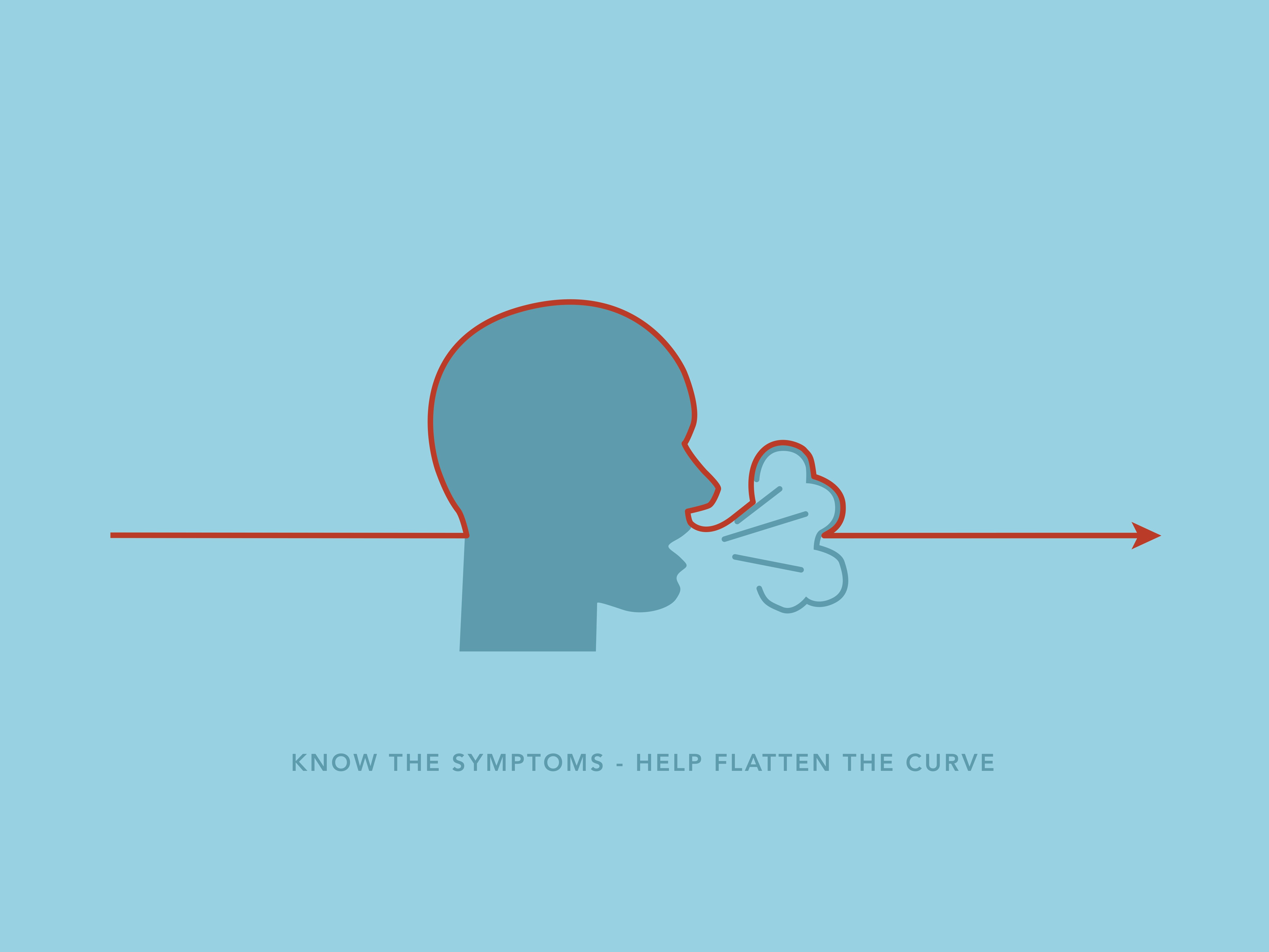Going to the doctor may not be your idea of a great time, but while you’re there you might as well strive to get the most out of. Here are several ways you can prepare for your next appointment so you can walk into your doctor’s office confidently.
1. What’s the purpose of your appointment?
There are several reasons why you may choose to schedule a doctor’s appointment. Maybe it’s time for your annual checkup or you need a follow-up exam, or maybe you are seeking a diagnosis. Maybe you need to seek a new treatment plan or you have questions about your prognosis. The first step in making the most of your doctor’s appointment is to know what’s the purpose of your appointment.
2. Figure out what type of patient you are and what you need in a doctor.
Think about what you as a patient need in a doctor. Are you a young, healthy patient in need of convenient health care or do you have existing medical problems that require specialists? If you need a general practitioner who can refer you to specialists it’s a good idea to find a physician who utilizes electronic medical records that can be shared with specialty offices. You want a doctor who makes you feel comfortable and at ease. Don’t be afraid to shop around for a doctor until you find someone that you connect with.

3. Get insurance referrals and authorizations in advance.
Specialist medical professionals typically require health insurance referrals and authorizations prior to the appointment. You need to be sure that your insurance policy covers your upcoming appointment before find out you are responsible for the pocket cost. A public system doesn’t have the same coverage options as a private system when it comes to health care systems. Private health insurance covers all or part of the costs of medical treatments and medical services to help ease out-of-pocket costs.
A private insurance policy can cover the health services that Medicare doesn’t. There are two main types of insurance policies to choose: private hospital cover and extras cover. Private hospital cover is medical insurance that covers your private patient costs up to a point, while extras cover treatments like physiotherapy, dental care, physical therapy, chiropractic, mental health care, and other medical services.
Australian residents can look for the best health insurance Australia by comparing private health insurers with iSelect.com.au. Whether you have a medical condition that requires a specialist or surgeon, you need a private insurer who can lower costs on prescription drugs, or you want to find a health care plan with affordable premiums and rebates, Australians can compare a range of health funds with iSelect.com.au to find the perfect fit their health care needs and those of their family members.
4. List your symptoms
Be prepared to tell your doctor the reason for your appointment by having a concise description prepared for what’s going on with your health and how it affects your quality of life. Write out a detailed list of your medications and bring any paperwork you received from prior doctors. Start keeping a symptom diary that you can relay to your doctor and include details like when symptoms started, what triggers and alleviates them, how frequently they happen, and for how long.

5. Go to your appointment prepared.
Learn about your symptoms or diagnosis before your appointment. Research what medical terms your doctor may use by doing research on your specific situation.
Scoliosis affects the spine by causing a spinal curve that causes discomfort and impacts your posture. Usually, there is no clear cause of scoliosis but there are times when it develops due to a neuromuscular condition like muscular dystrophy or cerebral palsy. There are several types of scoliosis that can affect every age group, from young people to older people:
- congenital scoliosis
- Adolescent idiopathic scoliosis
- Degenerative scoliosis
- Neuromuscular scoliosis
There are several scoliosis treatment options for the curvature of the spine depending on the progression of the curve including a scoliosis brace, chiropractic treatment, and sessions with a physical therapist. The sooner a scoliosis patient is assessed by a specialist and the curve progression is determined, the more scoliosis treatment options there are. Severe scoliosis resulting in larger curves may require surgical treatment to alleviate symptoms.
Depending on the severity of the progression of scoliosis, a specialist may recommend spinal fusion surgery. New Jersey Neck & Back Institute, P.C. offers a surgical treatment option called scoliosis fusion surgery. Vertebrae are joined together using screws and rods to provide muscle strength and correct the curvature. Recovery time from scoliosis surgery depends on the severity of the scoliosis curve, the location of the curve, and the quality of care received.

6. Be yourself with your doctor.
Don’t be afraid to get familiar with your doctor. The more your doctor knows about you and your life, the better care they can take of you. Your doctor should know that if you have back pain but need to be on your feet at work, or if you are going through a difficult time at home and it’s causing high blood pressure or headaches. Be yourself with your doctor so that they can learn as much about you and your life and how it relates to your health.
Keep these six things in mind to make the best out of your next doctor’s appointment






